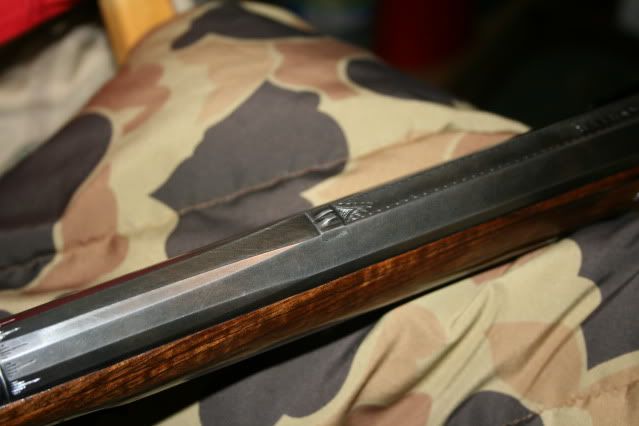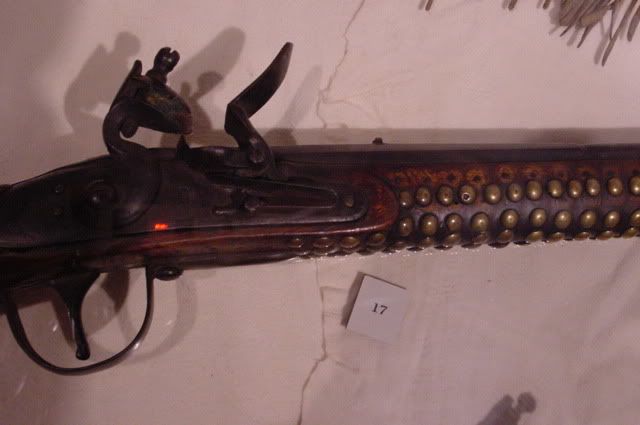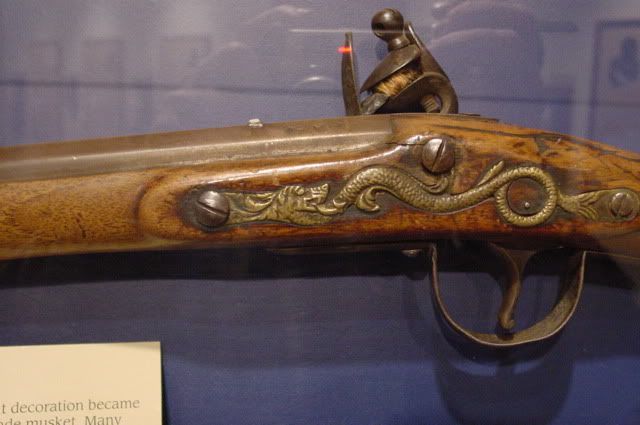Muskeg Stomper
50 Cal.
- Joined
- Sep 18, 2005
- Messages
- 1,044
- Reaction score
- 4
I swear that I remember seeing a thread in which the originator requested others to post photos of primitive rear sights on smoothbores. After considerable time using the search feature, I still can't find it. perhaps someone will point me in the right direction.
Meanwhile, if any of you would post new photos of primitive rear sights, I'd appreciate it.
Meanwhile, if any of you would post new photos of primitive rear sights, I'd appreciate it.







